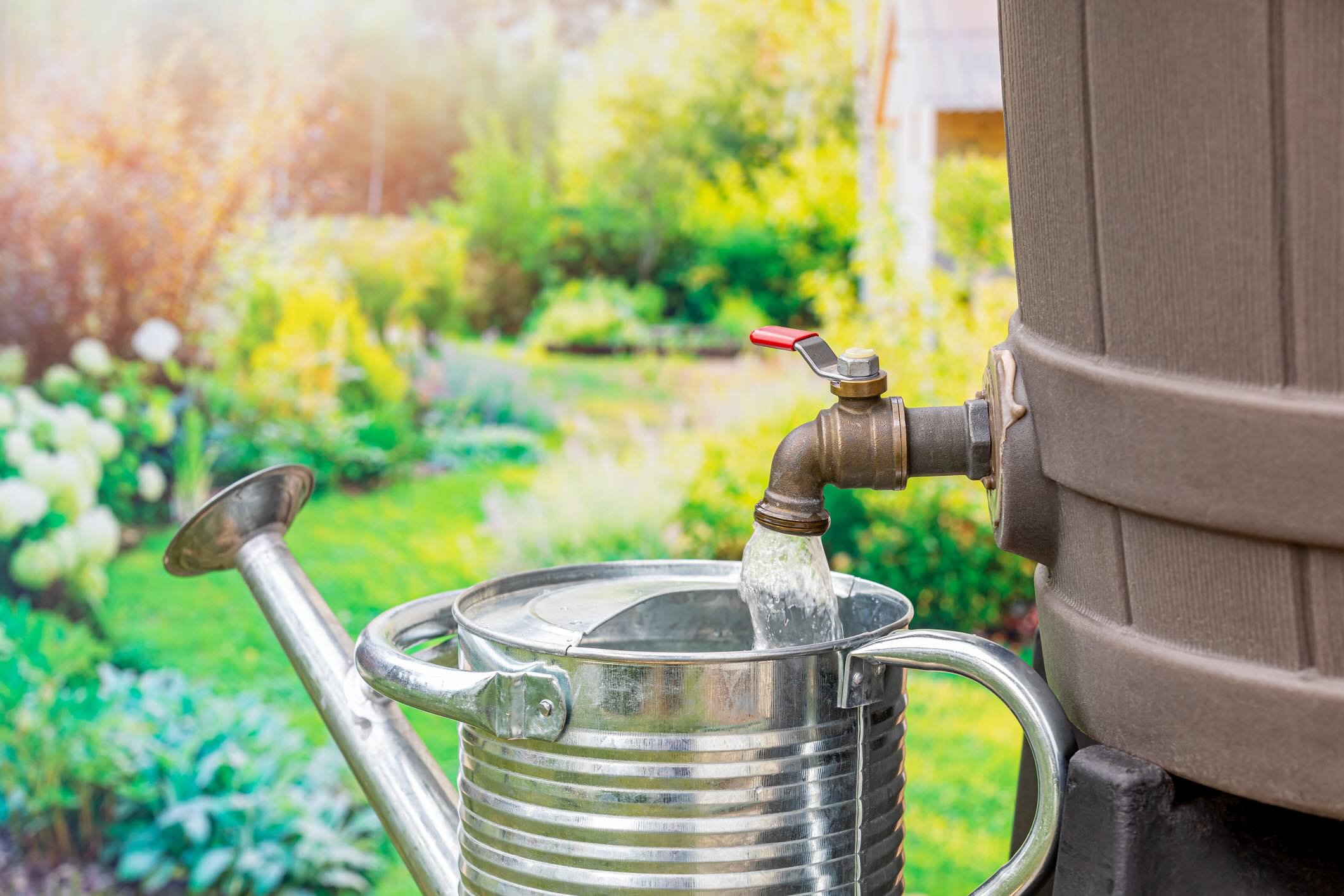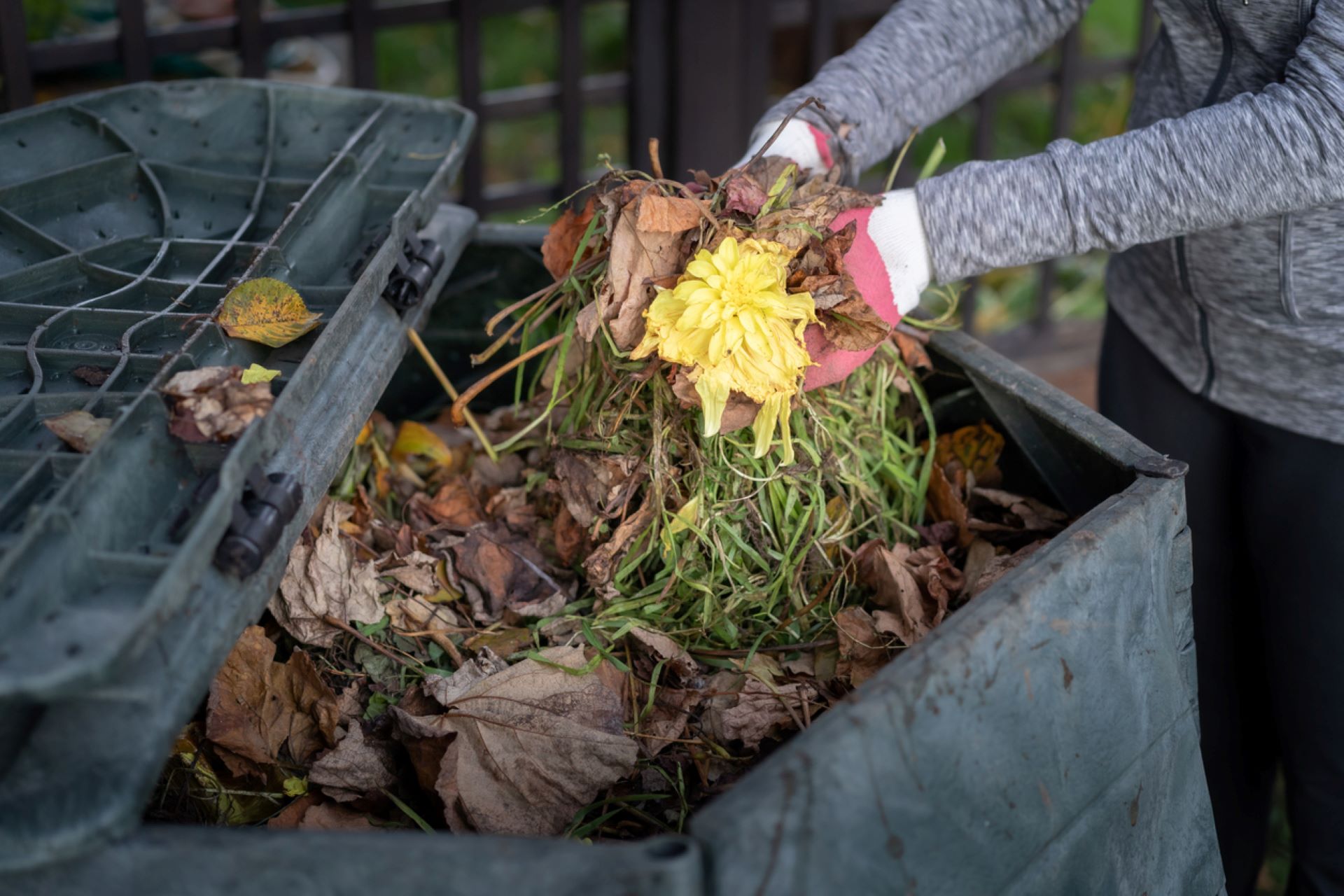A TikTok video is calling attention to a silent threat in many backyards — and it has people rethinking their landscaping choices.
In the video, biologist and creator Andy Learns (@andy_learns) stands in a wildly growing green space blanketed in vines. "English ivy is a really damaging invasive plant that can become dangerous!" he captioned the video, showing how the plant sprawls across the ground and climbs the trunks of nearby trees.
@andy_learns English ivy is a really damaging invasive plant that can become dangerous! #invasiveplants #invasivespecies #plantidentification #pnwplants #biologistontiktok ♬ Music For a Sushi Restaurant - Harry Styles
"It's a hazard," he explains, as the camera pans to towering trees slowly being overtaken by thick vines.
English ivy might look lush, but this aggressive grower is an invasive species in much of the United States. It smothers native groundcover, outcompetes local plants, and weakens trees by stealing their nutrients and adding weight that can cause danger. Worse, it creates the perfect pathway for pests and diseases to reach the canopy.
TCD Picks » Uplevel Your Yard

According to Andy, once the ivy climbs and matures, it can begin to flower and spread seeds, expanding its reach even further. It might seem like a harmless groundcover, but it's a big threat to local ecosystems.
Luckily, there are safer, eco-friendly alternatives that not only protect native habitats but can also save time and money. Replacing English ivy with native plants, clover, buffalo grass, or xeriscaping can reduce maintenance, lower water bills, and support pollinators including bees and butterflies — which are crucial to our food supply.
Watch now: Giant snails invading New York City?
Even a partial lawn replacement with native plants can make a big impact.
Commenters were quick to join the discussion with their own experiences of dangerous ivy growth. "The last Sunday of every month there's a volunteer group that goes around removing the English Ivy here. There's just so much everywhere," one posted.
Another user agreed and added, "I try and rip the little ones off when I can."
This might just be the push your yard — and local ecosystem — needs. As more people learn to spot and stop the quiet spread of plants such as English ivy, it can add up to big environmental wins. Whether you're a seasoned gardener or just noticing your backyard for the first time, understanding what's growing — and why it matters — is a powerful first step. After all, the healthiest landscapes start with informed choices.
TCD Picks » Upway Spotlight

|
Should we be actively working to kill invasive species? Click your choice to see results and speak your mind. |
Join our free newsletter for easy tips to save more and waste less, and don't miss this cool list of easy ways to help yourself while helping the planet.






















